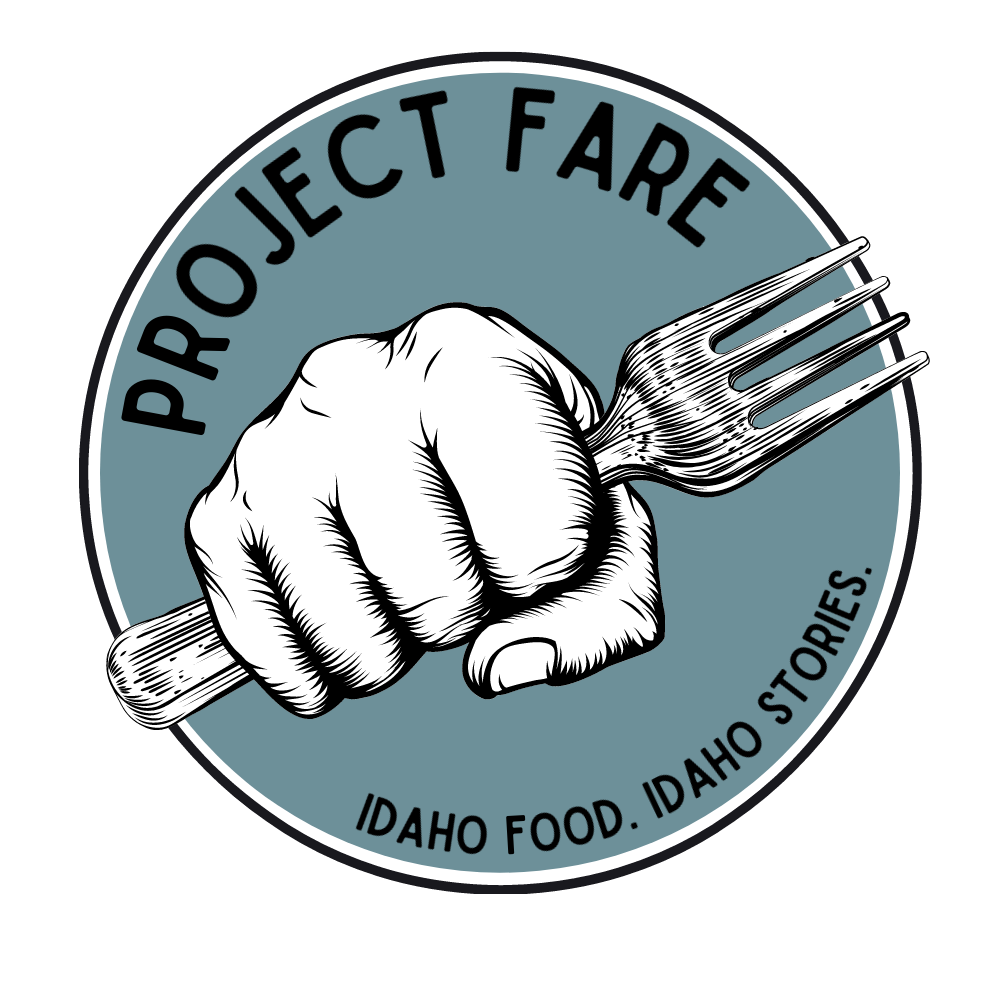Connecting the dots: Idaho’s agriculture, water and food
Idaho is known for agriculture—particularly potatoes—across the world. In a state with plenty of land for farms, ranches and dairies, there is also an abundance of water. Without water to sustain Idaho’s most famous crops, the state would not rank first in the nation for the production of potatoes, trout, barley or peppermint.
However, ongoing droughts are affecting the amount of water Idaho has available to put toward agriculture. Growers and residents alike are looking at a future where they must prioritize how and where they use water.
Continued development will lead to more ag land lost in Idaho, American Farmland Trust report says
A new report from the American Farmland Trust estimates Idaho will convert tens of thousands of acres of agricultural land to urban and rural development in the coming decades—though planners and landowners have the chance to reduce that number.
Changing snow and rain patterns challenge Idaho farmers and water managers
As intense flooding destroyed infrastructure in places like Yellowstone National Park and its neighboring communities in June, the heavy rains also refilled many of the region’s reservoirs that had dropped to historic lows earlier in the year.
For Idaho farmers, 2022’s “miracle spring” brought short-term good news – paired with long-term challenges presented by changing climate and precipitation patterns.
Canyon County government and farm leaders seek to preserve Sunnyslope agricultural land
Canyon County, including Sunnyslope, is updating its comprehensive plan and, in the process, is considering how to preserve ag land.
So far, options include the creation of an “agritourism overlay,” allowing the county to create zoning rules for that area. In particular, an “intensive ag overlay” would protect agricultural areas from being encroached upon or creating incompatible uses.
Fires And The Food Chain: Wildfires Could Affect Idaho’s Food Industry More Than We Thought
As record-breaking heat, smoke and wildfire plagued the Pacific Northwest this summer, many of Idaho’s agricultural businesses were affected by the enduring summer, droughts and long fire seasons of the past few years.
The summer of 2021 was an especially hot, smoky one with July being the hottest month in recorded human history and an unusually early start to the smoke lingering in the air. While some places hadn’t seen any serious effects, local growers and ranchers at the base of our food chain were dealing with lessened crops, wildfire, lack of rain and smoke exposure.
Written by Anteia McCollum





